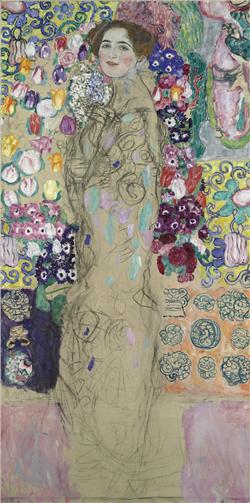 In recent days, both Christie’s and Sotheby’s have reported on their 2010s, and both are pretty much jumping for joy — which, of course, is not thrilling news for art museums.
In recent days, both Christie’s and Sotheby’s have reported on their 2010s, and both are pretty much jumping for joy — which, of course, is not thrilling news for art museums.
Let’s look at a few numbers. In 2010:
- Total sales by both, including dealer and private-treaty sales, equaled $9.8 billion.
- Christie’s total ($5 billion, up 53%) was its highest ever, and Sotheby’s ($4.8 billion, up 74%) was exceeded in 2007.
- Sotheby’s sold 609 lots for more than $1 million, and Christie’s sold 606 for more than $1 million. I tried to find out how many U.S. homes sold for more than $1 million, but could not find the statistic. But, just for context — not direct comparison — the average price for an existing home sold in the U.S. last year was $173,100, according to the National Association of Realtors.
Those are all worldwide statistics, but Christie’s breaks out the totals by region, and the U.S. leads, followed by Europe.
Both houses report that Impressionist and Modern sales were highest, followed by contemporary art.
The Klimt at right fetched $27.9 million last June at Christie’s.
Without citing statistics here — they exist — it’s clear that income distribution in the U.S. is growing more uneven, with more money going into the pockets of the wealthy, many of whom become art collectors. Paddle registration by newcomers, according to Christie’s, rose 22.7% last year.
U.S. museums — collections of private collections, by and large — are going to become even more dependent on them. There will be more comments/criticisms about too-cozy relationships and questions about why some decisions are made (displaying collections, accepting art donations, etc.).
The best response to all of this is as much transparency as possible. Collectors will try to keep things private, but sometimes museum directors will have to gingerly convince them otherwise.
Photo Credit: Courtesy of Christie’s
